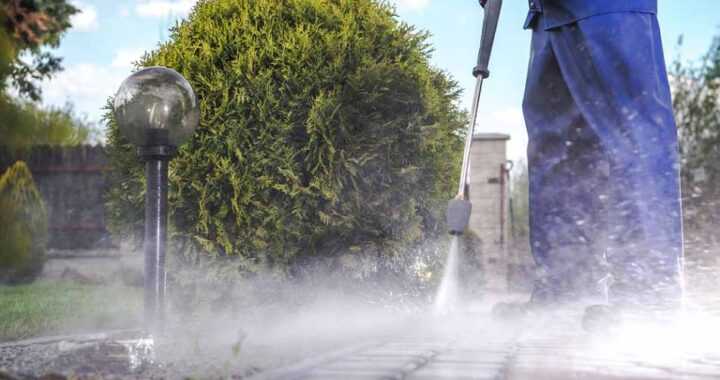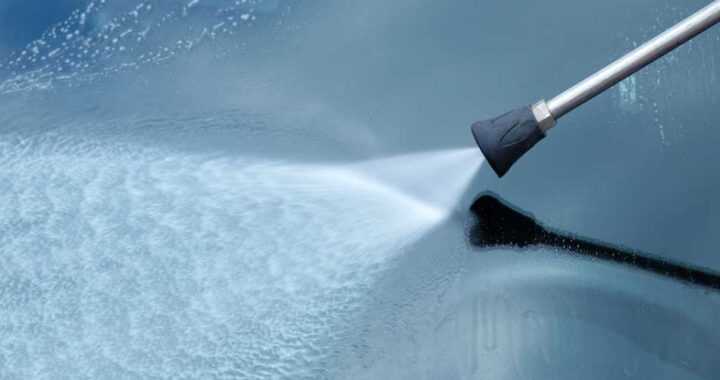
Know Everything About Ceramic All Around You
Starting the day in the morning till going to bed in the night we all come across frequent contact of ceramic which many of us may not be conscious. You slept all the night in the bedroom that has ceramic tiles all around itself, then you woke up in the morning and first needed a cup of tea or coffee from your ceramic tiled kitchen which was served to you in a ceramic cup. After a pleasant hot coffee, you entered your ceramic tile-floored bathroom and then sat for your breakfast with a lot of ceramic pottery cups and bowls. Get your ceramic tiles from Carreaux Metro kitchen tilesif you have not yet floored your kitchen and bathrooms by ceramic tiles or want to replace your hardwood kitchen floor with ceramic tiles.
While in the office, you spent all day around ceramic-based electric components like computer-related devices, microchips, resistors or capacitors etc. and in between hurried for a quick lunch with ceramic plates. After a whole day of work, you are tired and badly require a glass of wine and dinner again from those ceramic potteries and then sat a while in front of your TV which has ceramic components. Exhausted, you, at last, wanted to lay down inside your ceramic tiled bedroom to wakeup in the morning and repeat the same routine of encountering numerous ceramic items. Are we indeed living in a ceramic world?
Science defines ceramic as “nonmetallic and inorganic solids” or in other words “ceramic is what is left when you take out the metal and organic materials including rubber, plastic or wood or anything which was once alive. Some other theories particularly the materials science explains ceramic as “refractory material”. Take the example of graphite which is a form of carbon and considered as ceramic due to its non-metallic and inorganic nature. Still, graphite is soft and a good conductor of electricity. Similarly, diamond is also a ceramic because of its properties which are not different than that of the graphite.
The ceramic has been at use for thousands of years by ancient civilization who started making ceramic potteries, glasses, bricks etc. which are still in continuation. But the use of contemporary ceramic has gone beyond the traditional pottery and glasses to advanced usages like filtering soot from a truck diesel engine. This is the reason scientists divide ceramic into two categories: traditional ceramic and advanced ceramic. The traditional ceramic includes bricks, glass, pottery, porcelain, tiles, concrete, cement etc. The advanced ceramic are silicon nitrides, tungsten carbides etc.





